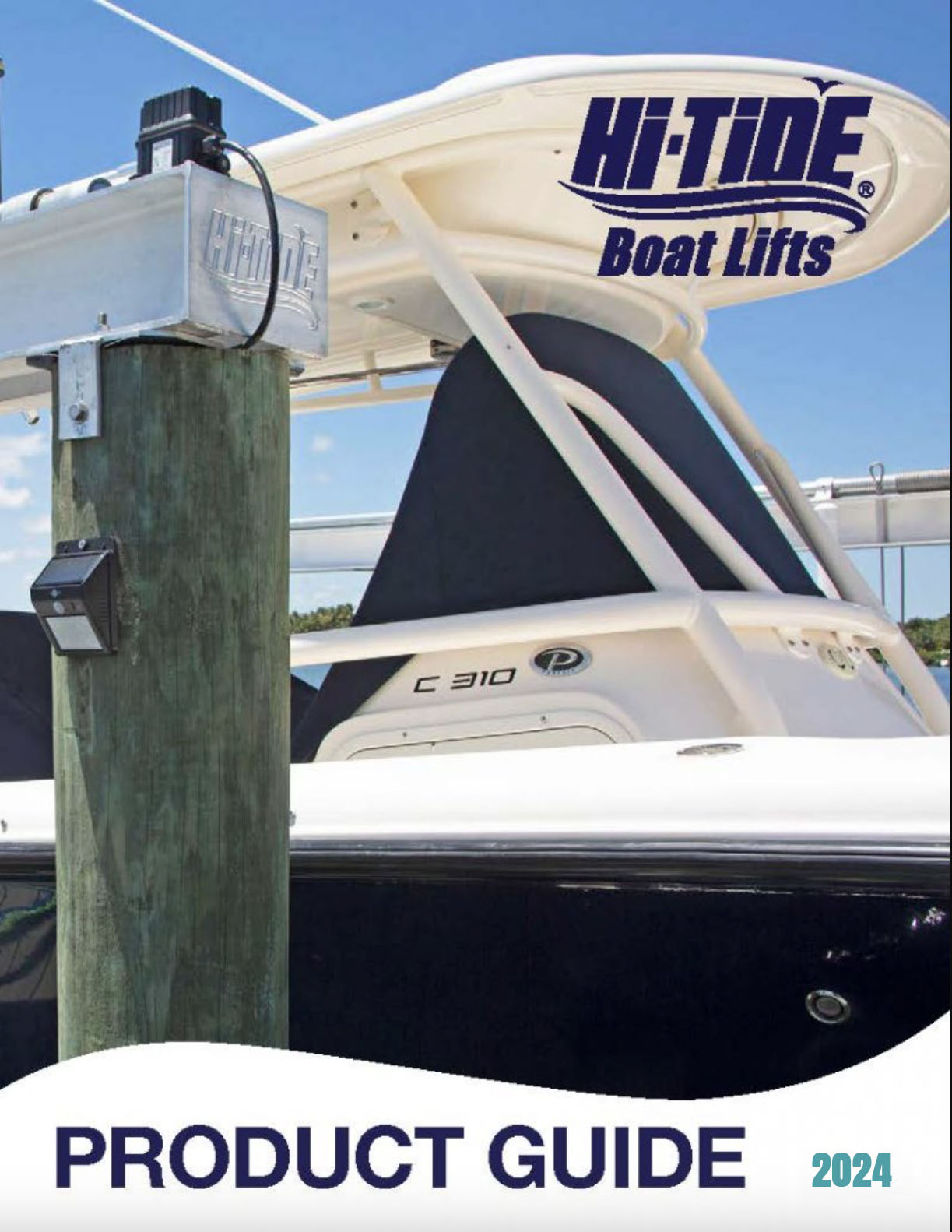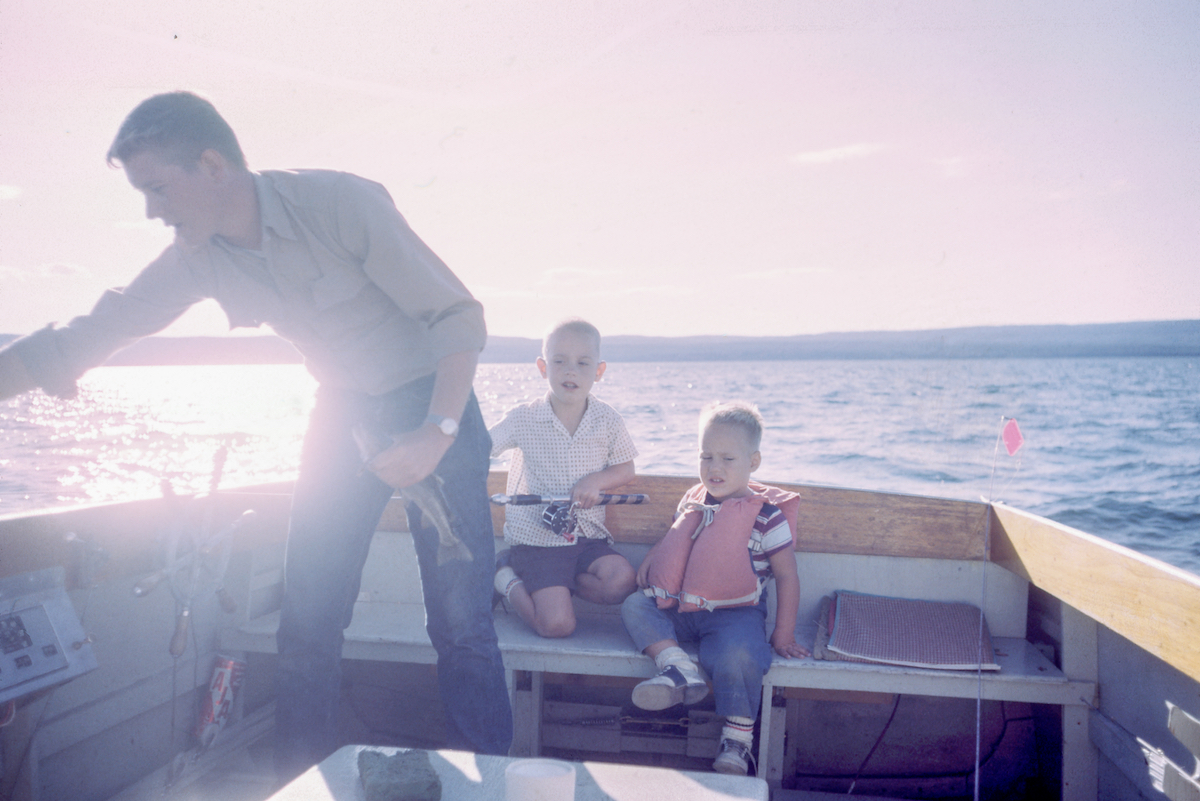
There is no question when it comes to boating safety: you either make it a priority or you put yourself and everyone else on the water at risk of injury, boat damage or worse. Though simple tips like keeping fire extinguishers onboard, wearing personal floatation devices and utilizing emergency locator beacons can be literal life savers, should you consider taking boating safety courses?
The Benefits of Taking a Boating Safety Course
We know, we know. You’re probably an experienced boater who feels pretty confident that they know their way around their boat and favorite waterway. You very well may, but there are always blind spots or bad habits that you may not even recognize you’re doing every time you hit the water.
Some of the learning opportunities include:
- Environmental Protection: Staying on the right side of environmental protection of your favorite lake, stream, river or shoreline isn’t just the right thing to do, it’s also very often the law. From pollution prevention to low-wake zone awareness, there are small steps you need to know before making a big, negative impact on the environment.
- Boat Operation: Though you may feel like you have the hang of operating your vessel, there are some easily overlooked best practices that can help you avoid collisions, run aground or otherwise damage your boat.
- Emergency Procedures: From fires to dangerous weather, when you’re facing an emergency on the water, every second counts. A boating safety class can teach you the right procedures in a number of critical situations possible while boating.
- Navigation: Even if you know your favorite boating spot like the back of your hand, there are too many variables to go without trip planning and preparation. These classes can teach you the safest ways to plan your next boating trip.
- Equipment: Even the safest boaters should know what equipment could save their lives in emergency situations. Ensure that all of your safety equipment is up to the task of keeping you and yours out of danger.
If you’re a new boater, boating safety courses are a no-brainer. Why not start this exciting hobby from a foundation of knowledge and safe practices? For you more grizzled, practiced boaters who haven’t taken a boating safety course, why wouldn’t you want to brush up on your skills? It’s worth it to know that you’re boating as safely as possible, especially if you boat with friends and loved ones. Safety first–fun, a very close second.
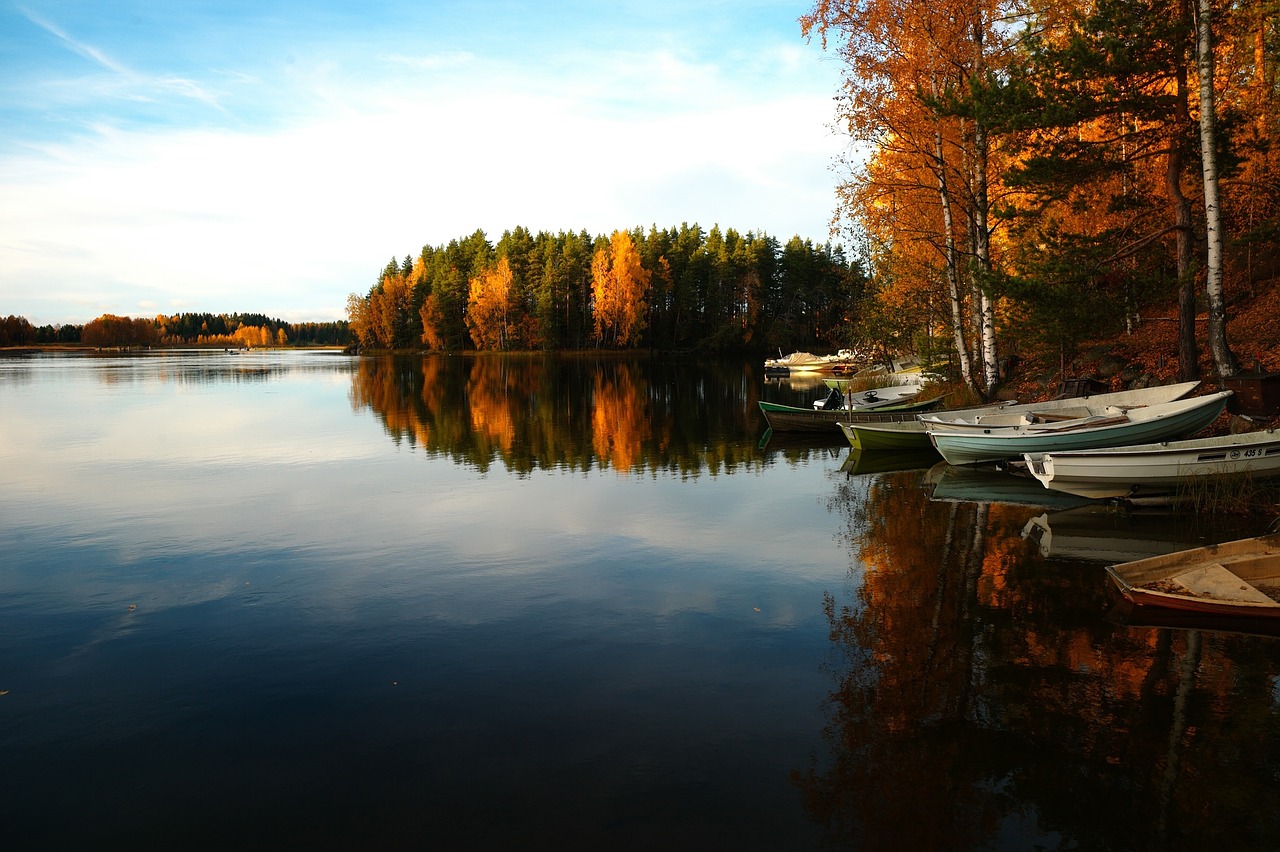
The fall is a time of changing leaves, cooler temperatures and the inevitable week or so of sugar-fuelled delirium that most parents have come to anticipate after an evening of trick-or-treating. Though some would not consider boating with this season of change, for many, boating season doesn’t end just because summer has come and gone. For those of your curious about boating this fall, as well as those of you who continue enjoying fall boating, we’ve compiled a quick list of tips to make sure your boat stays shipshape.
How to Prep for Fall Boating
- Temp and Time: Two things to immediately consider before getting in some fall boating is the temperature change and the waning amount of sunlit hours we can enjoy. As Boating.com suggests, always dress for the water temperature, not the air temperature. Even in waters up to 60ºF can pose risks if you are left stranded for a prolonged period. Wear a waterproof outer layer with multiple water-resistant layers beneath it for best results.
With fewer hours of sunlight, also be sure to check all lights on your vessel and bring a waterproof flashlight with you, even if you don’t anticipate being caught after sundown. Dusk has a tendency of sneaking up on you when boating in the fall.
- Life Jackets Save Lives: Though a safety tip for all seasons, considering the above-mentioned risks of cooler waters make life jackets all the more vital if you fall overboard. Ensure that your life jackets are still in good shape and fit comfortably over your bulkier fall clothing.
Also consider utilizing the likes of personal life beacons (PLB) and emergency position indicating radio beacon (EPIRB), as cell phones can easily become wet and unusable in emergency situations.
- Check, Please: If you had a relatively quiet summer and didn’t take to the water very often, it may be time to run through your commissioning checklist. Though traditionally conducted in the spring, you can easily create an amended version for your fall boating needs, including such essentials as hull assessments, corrosion checks and paperwork reviews.
Though our HQ in the Sunshine State often doesn’t have to worry about cooler weather until we are well into winter, our friends in Virginia and throughout the North can surely use these tips when preparing for some fall boating fun. Always remember, check your vessel before hitting the water, utilize important safety equipment and be prepared for cooler temperatures and shorter days. Stay safe and enjoy the cooler weather while on the water.
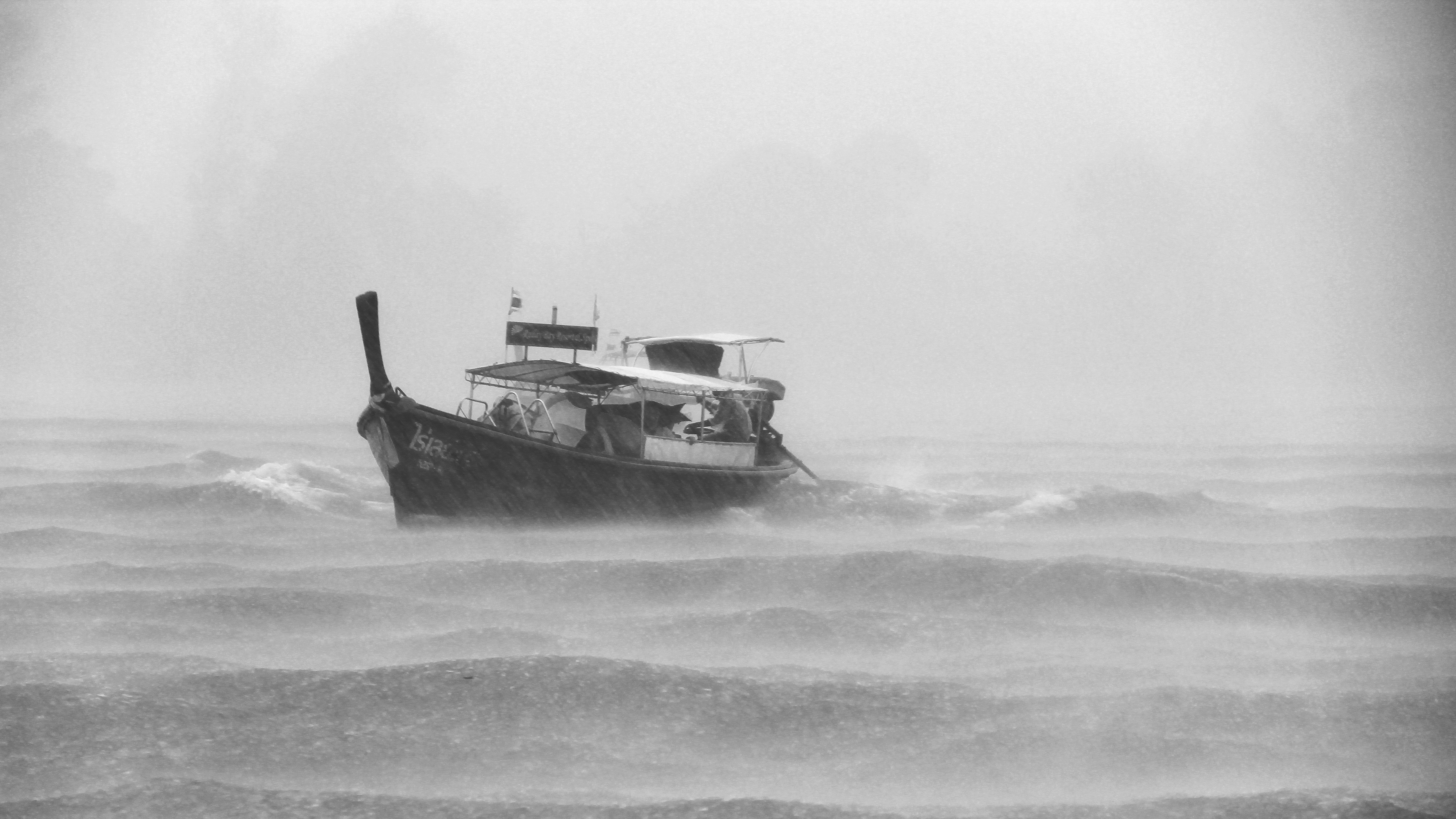
You’ve picked up those pesky groceries you’ve been avoiding getting all week and stroll out of the store to an unwelcome surprise. The sky darkens and, seemingly instantaneously, the rain pours on you, your whole wheat bread and farm-fresh eggs. Being caught in a storm is never fun, but transfer this inconvenience to the open water and amplify the danger caused by heavy rains, high winds and intense lightning.
How Can I Handle Being Caught in a Storm?
- What should I do first if I’m caught in a storm? Remain calm and focus on getting life jackets secured on all passengers and securing your deck by closing all watertight compartments, shutting doors and windows to avoid your ship taking on water. It’s also a smart idea to check your coordinates to assess whether your ship is in danger of running ashore, as well as figure out how best to navigate to safety or, in worst case, know where to report an emergency.
- What should I tell my passengers to do to remain safe on my boat? Get your passengers to either sit low in the boat or remain below deck to avoid the winds and waves knocking them overboard.
- How should I drive my boat in a storm? Your instincts may tell you to jet out of the rough weather as fast as possible, but this is extremely dangerous. Experts recommend slowing to the speed of the sea itself in order to avoid loss of control.
- What do I do if my engine dies after being caught in a storm? If you cannot make it safely to shore and your engine dies, anchor your ship, turn on your lights, secure all emergency safety devices and be ready to radio the coast guard to signal for help if conditions worsen.
If caught in a storm, never panic. Keeping a clear head and relying on training and preparation can save your ship — and maybe even your neck. Do a bit of preparation and always keep a close eye on the weather whenever you hit the water. If you’re concerned about keeping your ship safe when it’s docked, Hi-Tide Boat Lifts can prevent the damage caused by getting caught under or hitting the docks. As always, stay safe and have a fun (hopefully sunny) time on your next boating adventure.
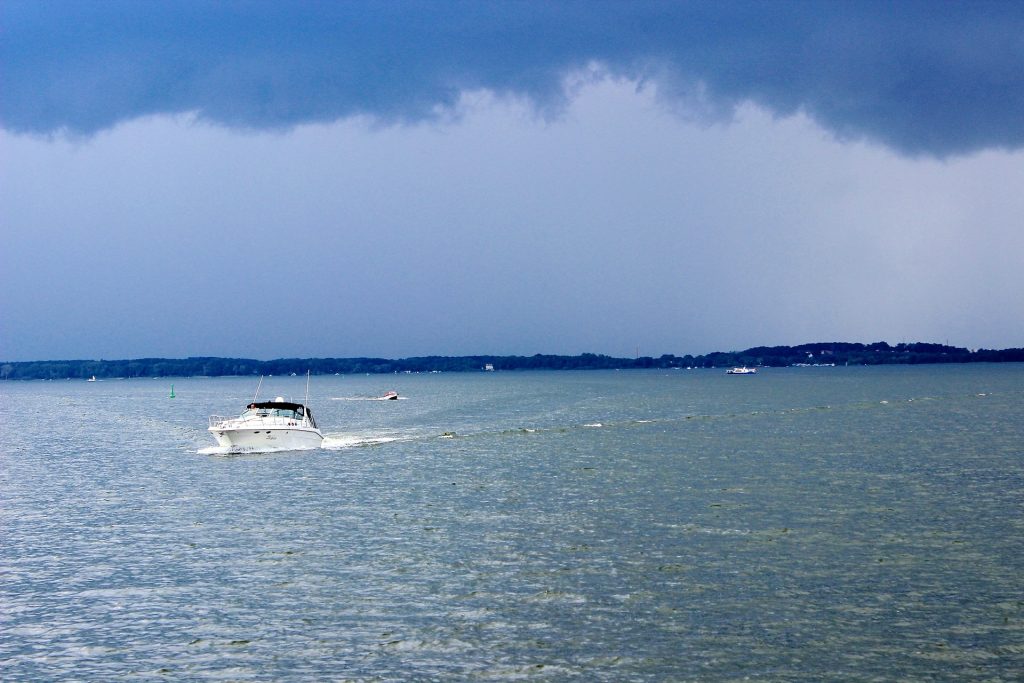
If you are like many boaters (ourselves included), you let very little come between you and a day on the water. Unfortunately, a bout of bad weather can throw a monkey wrench into your plans for a relaxing boating trip. Especially in the summer months, weather can change on a dime.
How to Spot Bad Weather While Boating
- Did I check the forecast? It may seem redundant, but always check the forecast just before embarking on your trip — yes, even if you checked it just the night before. As we all know, meteorology can be a bit of a hit and miss science, and forecasts can change, well, with the weather.
- Can I predict bad weather by looking at clouds? An easy way to get a gauge on the weather is to see if the clouds are flat, puffy, or tall and dark. In general, it’s the taller clouds that can lead to dangerous winds, rain and lightning.
- Where can I listen to weather reports while on the water? Keep tuned to Coast Guard and NOAA Weather Radio All Hazards stations for regular broadcast updates.
- What boating apps can I download to monitor the bad weather? There is a multitude of options when it comes to monitoring the weather on your smartphone. Some popular apps include NOAA SuperRes Radar HD, Skipper, and Boat Weather. There are many free and paid premium choices, so shop around to find the perfect app for your specific needs.
As we often say here at Hi-Tide Boat Lifts, preparation is the key to safety. Always keep the necessary safety gear aboard, complete regular commissioning checklists and continually monitor the forecast before and during your trip for signs of bad weather on the horizon. Though boating is great fun, if there’s even the possibility of bad weather rolling in, it may be better to err on the side of safety and hit the water when you, your passengers and vessels are in the clear.

Boating is a treasured pastime that many boating and fishing enthusiasts around the globe enjoy passing on to the next generation. There is nothing quite like sharing the experience of being on the water with your family and, hopefully, inspiring them to share this passion with their family someday. Though boating is a perfect family outing activity, it is not one without risks that you need to consider in order to keep your kids safe. For that reason, we compiled a list of helpful boating safety tips for kids that can help make your day on the water as safe as possible for the little ones.
Boating Safety Tips for Kids
- Life Jackets Save Lives: We have recommended them before but this is a point worth repeating: you must have enough life jackets onboard for everyone. Before hitting the water, have your child try on the life jacket to ensure that it fits correctly, then enforce the use of it while on your trip.
- Swimming = Safety: Get your kids comfortable with swimming by enrolling them in swimming classes. It is also essential to teach them the dangers of swimming in open waters versus swimming pools. Many kids don’t know the dangers of currents, waves and weather — all factors that can be big dangers to both children and adults.
- Never Out of Sight: Even when stationary, keeping an eye on your kids should be a top priority, as waves, wind or even just the rocking of the vessel can easily send an unsuspecting child overboard.
- Do Your Due Diligence: Don’t skimp on the safety basics that you should be practicing as a responsible boater. Keep up-to-date on maintenance, install carbon monoxide sensors and always ensure that your boat is equipped with enough fire extinguishers. This, with performing regular fire drills, can protect your family while on the water.
As you probably realize, many of these aren’t just boating safety tips for kids, but lessons we can all take with us while on the water. Just remember, preparation is a major key to boating safety. Take the time to purchase and install the right equipment, practice good safety habits and keep an eye on your little ones whenever enjoying a day of boating. We have a responsibility to the next generation of boaters to ensure that they learn how to enjoy our pastime the right way — with safety always in mind.






